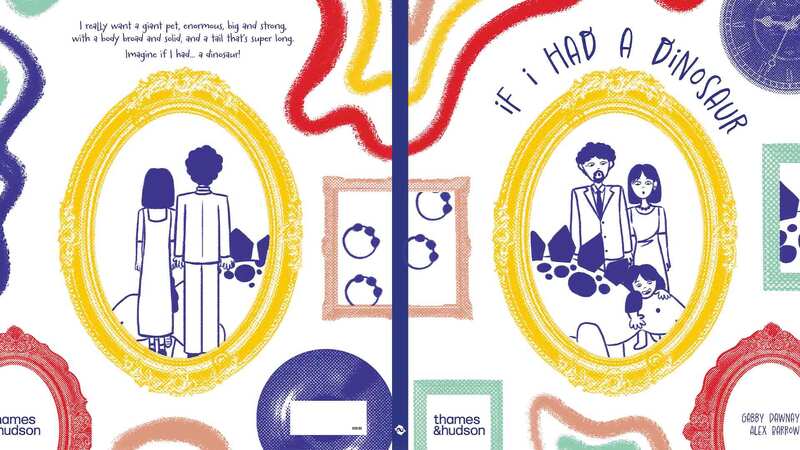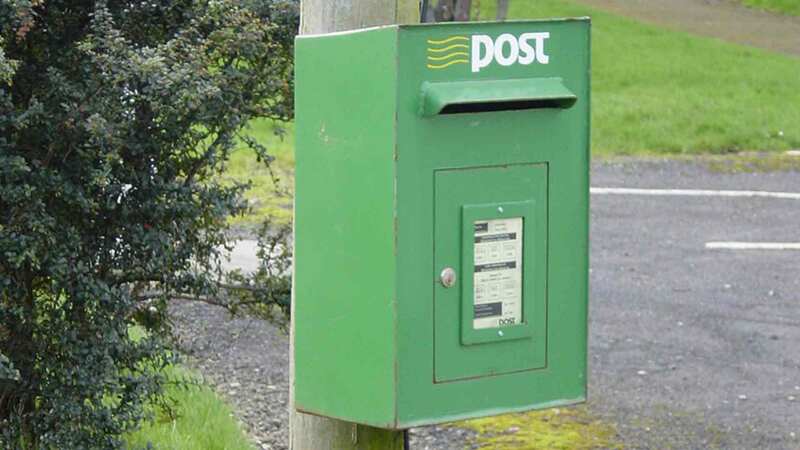You are viewing your 1 free article this month. Login to read more articles.
Why we chose Black Santa
Santas of colour are far from new, but we still need more of them in books.
Back in 2020, we rather naïvely thought we’d alighted on a new idea for a book featuring a Black Santa. Cue a rabbit-hole of fascinating internet research – and we began to realise how ignorant we had been of a proud and time-honoured tradition in the US.
If there is one person who symbolises all that’s cheery at Christmas time, it’s good old Santa. His face smiles from billboards to bottles to boxes of chocolates. It seems like he’s overwhelmingly portrayed as white, but if you do a bit of digging, you’ll find that Santa’s history is a lot more diverse than meets the eye.
Did you know, for example, that the original St Nicholas was from the ancient town of Patara, near Myra in modern-day Turkey — so not white at all? With a reputation for kindness and good deeds, Nicholas eventually became the Christian patron saint of children. He was especially venerated in Holland, and in the 18th century Dutch migrants took the tradition of “Sinterklaas” to the US.
As the celebration of Christmas became increasingly popular throughout the 19th century, Santa appeared in a series of cartoons by Thomas Nast for Harper’s Weekly magazine, and poems such as “The Night Before Christmas” by Clement Clarke Moor. Santa’s profile was growing.
By the 1850s the tradition of Mall Santas in America had taken root – the assumption being that these were all white Santas, although we cannot know for sure. It was much later, in the early 20th century, that we discover the earliest recorded mentions of a Black Santa. One of these was at President Wilson’s honeymoon in 1915 – where the entertainment was “presided over by a dusky Santa Claus”. Four years later, a report in the Pittsburgh Daily Post reported on a Black Santa entertaining children on the streets of the city, sourced, apparently at the behest of local children, by the non-profit organisation Volunteers of America.
Santa should be a symbol of festive joy who reflects and delights whichever community he serves
While the prevailing vision of the white Santa was being formed, from 1931 onwards, by Coca-Cola adverts (featuring the familiar, rosy-cheeked illustrations of Haddon Sundblom), in 1936 the legendary African-American tap dancer, actor and singer Bill ’Bojangles’ Robinson, performed as Santa Claus at a party for underprivileged children in Harlem. Robinson was a huge star, and this moment, photographed and widely reported on, must have been something of a turning point for the profile of Black Santas in the US. Not long afterwards, in 1943, Blumsteins, a Harlem department store, hired a Black mall Santa, followed by another store in Chicago in 1946. While still a minority, these figures were the first sign of stores choosing Santas who reflected the diversity of the children hopping onto their knees to reel off their Christmas wishes. And more and more department stores in majority Black neighbourhoods began to follow their lead.
In the 1960s civil rights movement, the prevailing vision of Santa as a fat white man was rallied against as a symbol of mainstream white cultural oppression. Some factions called for the rejection of Santa, and Christmas altogether, given the history of systemic racism against Black people in the US and throughout the western world. Others took the Santa figure and gave him a serious cultural makeover. Fortunately for Santas (and children) of colour everywhere – the tradition hung in there, and the visibility of Black Santas has been steadily growing throughout the late 20th and 21st centuries.
One small but significant moment was when the world gained the Black Santa emoji in 2015. And more recently, Coca- Cola reimagined its own original Santa through the story of Orlando, a Grandfather who fights prejudice to become the Santa of the famous lit-up Coca-Cola lorry caravan. The film, entitled "Together the Magic Happens" was published in Brazil in December, 2020. Could the world finally be accepting that Santa is Santa, whatever his skin colour?
It’s a very long-winded way of making the point that making the loveable hero of Townhouse Books’ Santa’s Christmas Countdown Black is not a new idea at all. The tradition of Black Santas is loud and proud. However, STILL, despite noteable (and gorgeous) exceptions such as Lala Watkins’ Little Santa’s Workshop and The Real Santa (by Nancy Redd, illustrated by Charnelle Pinkney Barlow), both published this year alongside the Townhouse title, he is still underrepresented in children’s books. We publishers should make it our mission to change that in the coming years.
Santa should be a symbol of festive joy who reflects and delights whichever community he serves. In the words of Kenny Green, who has been Santa at a mall near Washington DC for many years, says: "Everything that Santa represents has to be you. That’s my honest belief. You can’t have some grumpy old guy who doesn’t love kids sitting there representing somebody who is joyful, somebody who is loving."
We can’t put it any better than that.
Santa’s Christmas Countdown by Kath Jewitt, illustrated by Sebastien Braun, is out now.



















